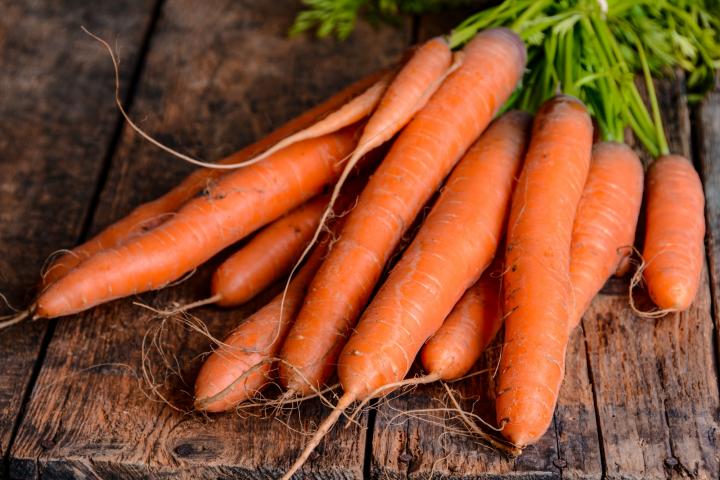By Spy Uganda
Garden-grown carrots are full of flavor and texture! They are a popular, long-lasting root vegetable that can be grown in many climates.
READ ALSO: Farmers Guide: Limit Losses In Cabbage Farming By Practicing The Following Steps
Carrots are easy to grow as long as they are planted in loose, sandy soil during the cooler periods of the growing season—spring and fall (carrots can tolerate frost). Depending on the variety and local growing conditions, carrots may take anywhere from 2 to 4 months to mature. Plant them in the spring and summer for a continuous harvest through fall!
Proper soil preparation is extremely important for carrot growing! If the carrot roots can’t easily grow unobstructed, it can lead to stunted and misshapen crops.
READ ALSO: Wondering How To Curb Multiple Losses In Potato Farming? Practice The Following & Mint Millions
Here’s What To Do To Prepare Your Garden Soil
- Till down 12 inches and make sure there are no rocks, stones, or even soil clumps that could impede your carrots’ growth.
- Avoid amending the soil with nitrogen-rich material such as manure and fertilizer, which can cause carrots to fork and grow little side roots. Instead, work in old coffee grounds.
- If your ground soil is heavy clay or too rocky, you should consider planting carrots in a raised bed at least 12 inches deep and filled with airy, loamy soil (not clay nor silt).
Finally: Don’t expect to get perfectly straight “grocery store” carrots. Your carrots will still taste better, whatever their shape!
How To Plant Carrots
- We recommend sowing seeds directly in the garden rather than transplanting. Carrots do not like to have their roots disturbed.
- Sow ¼ inch deep, 2 to 3 inches apart in rows 1 foot apart.
- Tip: Try to distribute seed in an even fashion so that seeds don’t grow together. Use a seed-sower or thin vigorously to the right spacing.
- Keep the soil moist with frequent shallow waterings. For small carrot seeds to germinate, the soil mustn’t form a hard crust on top; cover with a layer of vermiculite or fine compost to prevent a crust from forming. (If you put your finger in the ground, it should be moist, but not wet, to the middle knuckle.)
- Carrots are sometimes slow to germinate. They may take 2 to 3 weeks to show any sign of life, so don’t panic if your carrots don’t appear right away!
- Tip: To help keep track of where they were planted, mix carrot seeds with quick-germinating radish seeds or sow radish seeds in rows between carrot rows. The radishes will grow quickly and by the time the carrots really start to grow, the radishes can be harvested.
READ ALSO: Poultry Farming: Factors To Consider Before Starting The Farm
How & When To Harvest Carrots
- Generally, the smaller the carrot, the better the taste.
- Harvest whenever desired maturity or size is reached. Carrots should be about as wide as your thumb or at least ½ of an inch in diameter.
- If you’re growing carrots in the spring and early summer, harvest before daily temperatures get too hot, as the heat can cause carrot roots to grow fibrous.
- Carrots taste much better after one or more frosts. (A frost encourages the plant to start storing energy—sugars—in its root for later use.) Following the first hard frost in the fall, cover carrot tops with an 18-inch layer of shredded leaves to preserve them for harvesting later.
- Note: Carrots are biennial. If you fail to harvest and leave the carrots in the ground, the tops will flower and produce seeds in the next year.
READ ALSO: Lucrative! Mint Millions From Mushroom Farming Business Through These Few Steps
How To Store Fresh Carrots
- To store freshly-harvested carrots, twist or cut off all but ½ inch of the tops, scrub off any dirt under cold running water, and air-dry. Seal in airtight plastic bags, and refrigerate. If you simply put fresh carrots in the refrigerator, they’ll go limp in a few hours.
- You may leave mature carrots in the soil for temporary storage if the ground will not freeze and pests aren’t a problem.
- Carrots can also be stored in tubs of moist sand or dry sawdust in a cool, dry area.





